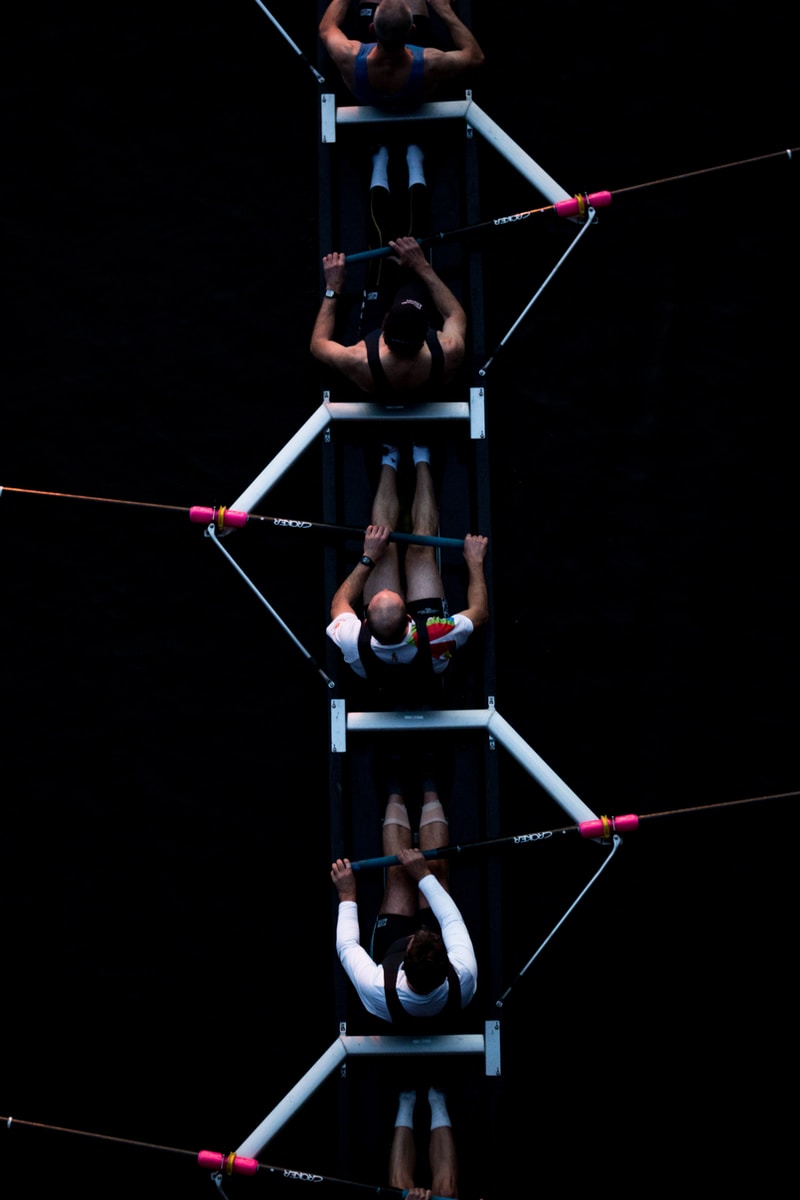Among my colleagues, I feel that there still is this discussion on what type of learning activities create the best opportunities for reaching the intended learning outcome. My personal reflection is that there are those that argue for a teacher focus where the teacher is the strongest voice in the classroom. In such cases, the teacher provides information to the students and they are supposed to pick up as much as information that they later can use when they study for exam. Then there are those, that similar to myself, focus on a multi-voiced classroom and teaching that includes student’s active participation and collaboration.
In higher education, there have for several centuries been this monological tradition of teaching and listening to wise professors, so why donate we just continue with such well tested concepts and why is student collaboration a thing?
Well, studies show that student achievement, effort, persistence, and motivation increase with collaborative learning (Scager et al. 2016). Also, researchers argue that collaborative learning can promote deep learning (Scager et al. 2016) as students in a collaborative setting are, instead of just receiving information, involved in social interaction and can discuss contradictory information (Visschers-Pleijers et al. 2006).
I have during my effort in creating collaborative settings realized that similar to collaboration and coordination within organizations, interdependence is a major driver for student collaboration. During my classes I have realized that when putting effort on designing cases and discussions where all the students in the group are needed, the collaboration and motivation tend to increase. I realized this when I for the first time was trying on a gamification approach to a collaborative exercise. After dividing the students into groups, each student in the group got a specific role. A student was business leaders and others were assigned roles as different stakeholders, for example, one student was employed, one represented the bank, one was the shareholder and so on. I provided a company history to each group explaining which company they were and what situation they were in. For example, if they had high loans, if they had specially trained staff or used rare material. The business manager then got a pile of monopoly money and then the work in the company started and the role of the stakeholders was to require as much money as possible for their services and the role of the business leader was to find a balance that made the money last. The purpose of the exercise was that the students would familiarize themselves with business complexity, learning that they are not possible to satisfy all stakeholders, that the power of stakeholders is different depending on which company you operate and that one must try to find different ways to keep their stakeholders satisfied.
In this exercise the student in the group are all dependent on each other. For the group exercise to work and in order to have something to present for the class, all students must collaborate. This is a very simple example created for first semester bachelor students and it may not be a high-quality social interaction as Visschers-Pleijers et al. (2006) discussed but it requires collaboration. Due to the design, the collaboration of this exercise was built on positive interdependence (Johnson & Johnson, 2009). According to the discussion on positive interdependence in collaborative learning, collaboration is enhanced when positive interdependence exists among group members and where each student is essential for the group to succeed (Johnson & Johnson 2009) As such, positive interdependence fosters student’s feeling of responsibility (Scager et al. 2016) to participate which increases the motivation.
So to come back to the question stated in the beginning, why student collaboration? I would like to say, why not? If decades of research shows that we can design classes to increase motivation and achievements while at the same time offering student knowledge that do not just last until exam, then why not?
References
Johnson, D. W., & Johnson, R. T. (2009). An educational psychology success story: Social interdependence theory and cooperative learning. Educational researcher, 38(5), 365-379.
Scager, K., Boonstra, J., Peeters, T., Vulperhorst, J., & Wiegant, F. (2016). Collaborative learning in higher education: Evoking positive interdependence. CBE—Life Sciences Education, 15(4).
Visschers‐Pleijers, A. J., Dolmans, D. H., De Leng, B. A., Wolfhagen, I. H., & Van Der Vleuten, C. P. (2006). Analysis of verbal interactions in tutorial groups: a process study. Medical Education, 40(2), 129-137.

Bozena November 28, 2021
Interesting reflection on student collaboration with positive interdependence within a case as each student got a role.
In my work as a teacher we usually do not use this kind of group task. The students have to cooperate? collaborate? on a written presentation of analyse and description of a topic. The interdependence is then rather limited. My wondering is of course how to design such task for greater collaboration.